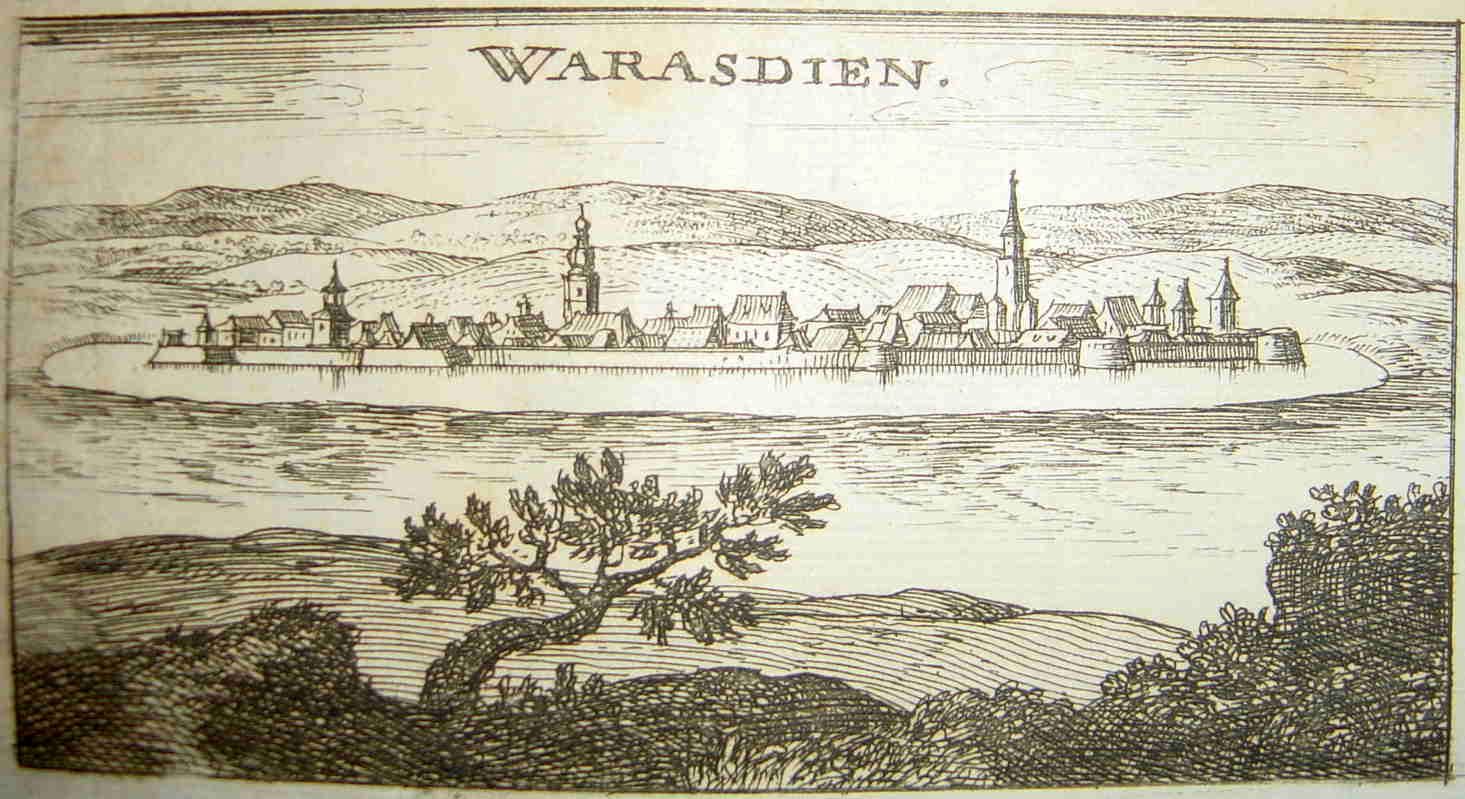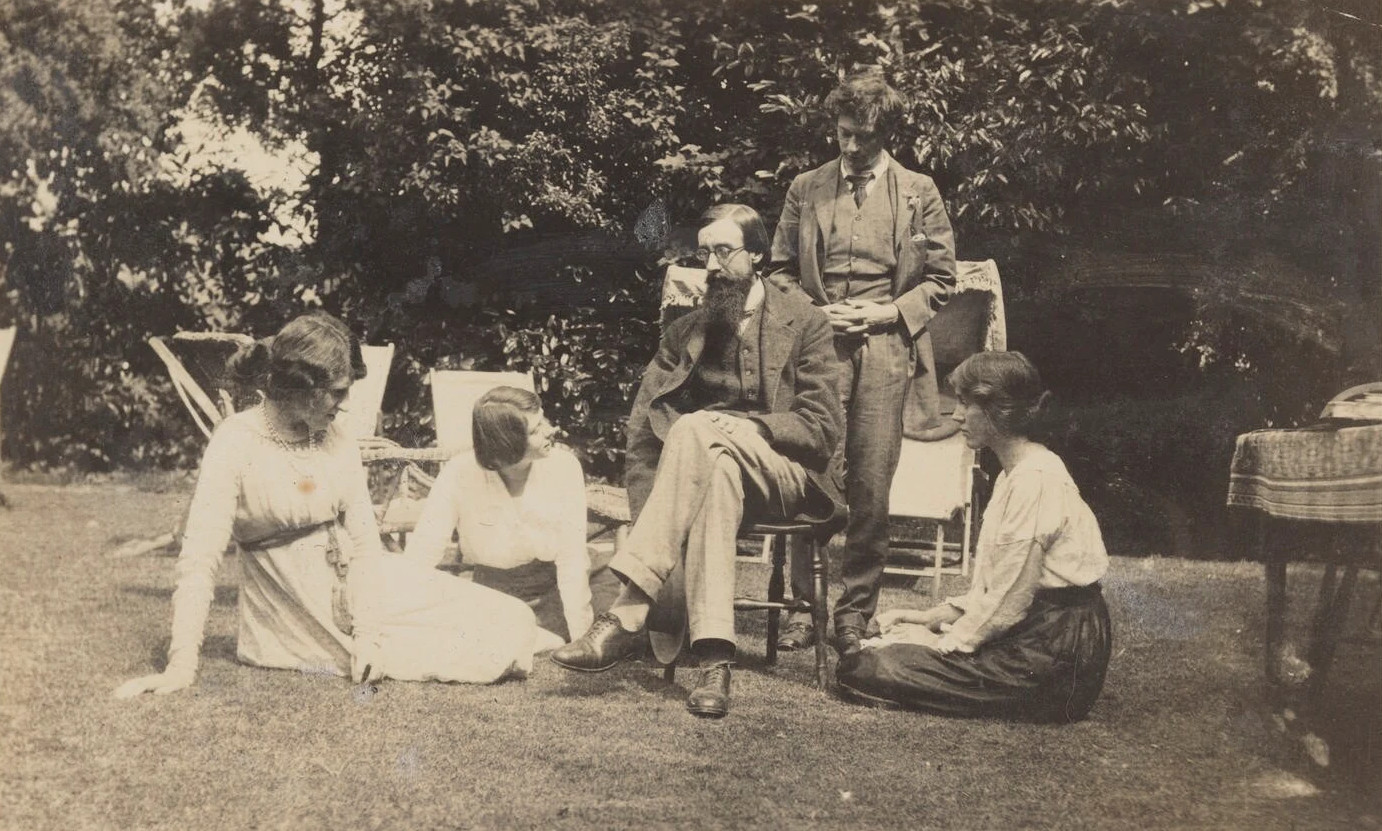|
Varaždin Literary Circle
The Varaždin literary circle or Croatian-Kajkavian literary circle () was a literary group which emerged at the end of the 16th century in Varaždin. The framework of the Varaždin literary circle had four members. One of them was Roman Catholic vicar Antun Vramec, while the other members were writers Ivanuš Pergošić, Blaž Škrinjarić and Blaž Antilović. The arrival of Antun Vramec to Varaždin marked the emergence of the Varaždin literary circle. Some members of this literary circle were the first authors to write or publish texts in the Kajkavian dialect of Croatian. The forerunner of this literary circle was Protestant preacher Mihajlo Bučić. Some sources include Bučić as a member of this literary circle. The Varaždin literary circle followed the line of contemporary European literary and theological societies. The Varaždin literary circle was careful not to show any sympathies toward Protestant Reformation The Reformation, also known as the Protestan ... [...More Info...] [...Related Items...] OR: [Wikipedia] [Google] [Baidu] |
Literary Society
A literary society is a group of people interested in literature. In the modern sense, this refers to a society that wants to promote one genre of writing or a specific author. Modern literary societies typically promote research, publish newsletters, and hold meetings where findings can be presented and discussed. Some are more academic and scholarly, while others are more social groups of amateurs who appreciate a chance to discuss their favourite writer with other hobbyists. Historically, "literary society" has also referred to salons such as those of Madame de Stael, Madame Geoffrin and Madame de Tencin in Ancien Regime France, though these could more accurately be considered literary circles or coteries. Another meaning was of college literary societies, student groups specific to the United States. The oldest formal societies for writing and promoting poetry are the chambers of rhetoric in the Low Countries, which date back to the Middle Ages. 19th century literary ... [...More Info...] [...Related Items...] OR: [Wikipedia] [Google] [Baidu] |
Varaždin
Varaždin ( or ; , also known by #Name, alternative names) is a city in Northern Croatia, north-east of Zagreb. The total population is 46,946, with 38,839 in the city settlement itself (2011). The city is best known for its baroque buildings, music, textile, food and IT industry. Name In Hungarian language, Hungarian the town is known as ''Varasd'', in Latin language, Latin as ''Varasdinum'' and in German language, German as ''Warasdin''. The name ''Varaždin'' traces its origin to ''varoš'', a Hungarian loanword from ''város'', meaning ''city''. Population The total population of the city is 46,946 and it includes the following settlements: *Črnec Biškupečki, population 696 *Donji Kućan, population 716 *Gojanec, population 620 *Gornji Kućan, population 1,139 *Hrašćica, population 1,283 *Jalkovec, population 1,309 *Kućan Marof, population 1,388 *Poljana Biškupečka, population 452 *Varaždin, population 38,839 *Zbelava, population 504 Administrative division ... [...More Info...] [...Related Items...] OR: [Wikipedia] [Google] [Baidu] |
Antun Vramec
Antun (or Anton, also spelled Antol) Vramec (1538–1587/8) was a Croatian priest and writer. He wrote the first historical book in Slovene. As it was the second book written in the Kajkavian dialect, he was also a founder of the Kajkavian literature. Life Vramec was born in Ormož or its vicinity (Duchy of Styria) and died in Varaždin ( Kingdom of Croatia). He studied theology in Vienna and in Rome. In 1567, he moved to Zagreb, where he was a canon. In 1571, he became the Archdeacon of Bexen. In 1573, he moved to Varaždin, where he was also the archdeacon. The arrival of Antun Vramec to Varaždin marked the emerging of the Varaždin literary circle to which Vramec belonged. From 1578 until 1580, he was the parish priest in Brežice, and from 1580 until 1582 the archdeacon in Dubice. In 1582, all his honors were revoked from him, because he didn't want to recant his family. Despite his freethinking stance, his connection with the Protestant movement has not been confi ... [...More Info...] [...Related Items...] OR: [Wikipedia] [Google] [Baidu] |
Ivanuš Pergošić
Ivanuš Pergošić (1521-1592) () was early Kajkavian author from Habsburg Kingdom of Slavonia, Slavonia and author of the 1574 translation of ''Tripartitum'' (written by István Werbőczy) which is the first printed Kajkavian book. In 1564 Pergošić was a Rector (academia), rector of a school in Zagreb. He was one of four most important members of the Varaždin literary circle, besides Antun Vramec, Blaž Škrinjarić and Blaž Antilović. Pergošić was tolerant to Protestantism. Decretum Pergošić published his works in Zagreb and Varaždin. In 1574 he printed a translation of “Tripartitum” written by István Werbőczy. Pergošić referred to the language he used in this translation (titled ''Decretum'') was Slavic (''Szlouienski'' in original, ) and in its preface Pergošić emphasized that it was written for "Slavs and Croats". It is assumed that he used terms Slavs and Croats to refer to the people of two administrative regions of Habsburg monarchy (Kingdom of Slavoni ... [...More Info...] [...Related Items...] OR: [Wikipedia] [Google] [Baidu] |
Blaž Škrinjarić
Blaž Škrinjarić (1520s-1592) was a city notary and judge in Varaždin and a member of the Varaždin literary circle. Early life and career Škrinjarić was born in the mid or late 1520s in a place near Varaždin. After he was educated in Habsburg Kingdom of Hungary Škrinjarić first worked as a teacher in a school in Aszalo and later as a rector of a school in Varaždin. He was also a notary and judge in Varaždin. He reached the position of a president of the octaval court. Trial In 1588 Škrinjarić was accused of committing adultery with a certain Uršula Geljanić and for being a father of the child she gave birth to three years after her husband died. Škrinjarić was stripped of all judicial privileges and forced to hand over the key and stamp of the city to the new judge. Geljanić was taken to prison but managed to escape. After Škrinjarić was accused for helping her escape he found her and brought her to trial where she swore that she had no relation with him. ... [...More Info...] [...Related Items...] OR: [Wikipedia] [Google] [Baidu] |
Kajkavian Dialect
Kajkavian is a South Slavic supradialect or language spoken primarily by Croats in much of Central Croatia and Gorski Kotar. It is part of the South Slavic dialect continuum, being transitional to the supradialects of Čakavian, Štokavian and the Slovene language. There are differing opinions over whether Kajkavian is best considered a dialect of the Serbo-Croatian language or a fully-fledged language of its own, as it is only partially mutually intelligible with either Čakavian or Štokavian and bears more similarities to Slovene; it is transitional to and fully mutually intelligible with Prekmurje Slovene and the dialects in Slovenian Lower Styria's region of Prlekija in terms of phonology and vocabulary. Outside Croatia's northernmost regions, Kajkavian is also spoken in Austrian Burgenland and a number of enclaves in Hungary along the Austrian and Croatian border and in Romania. Name The term "Kajkavian" and the broader classification of what defines this dialect ... [...More Info...] [...Related Items...] OR: [Wikipedia] [Google] [Baidu] |
Croatian Language
Croatian (; ) is the standard language, standardised Variety (linguistics)#Standard varieties, variety of the Serbo-Croatian pluricentric language mainly used by Croats. It is the national official language and literary standard of Croatia, one of the official languages of Bosnia and Herzegovina, Montenegro, the Serbian province of Vojvodina, the European Union and a recognized minority language elsewhere in Serbia and other neighbouring countries. In the mid-18th century, the first attempts to provide a Croatian literary standard began on the basis of the Neo-Shtokavian dialect that served as a supraregional lingua franca – pushing back regional Chakavian, Kajkavian, and Shtokavian vernaculars. The decisive role was played by Croatian Vukovians, who cemented the usage of Ijekavian Neo-Shtokavian as the literary standard in the late 19th and the beginning of the 20th century, in addition to designing a phonological orthography. Croatian is written in Gaj's Latin alphabet. B ... [...More Info...] [...Related Items...] OR: [Wikipedia] [Google] [Baidu] |
Mihajlo Bučić
Mihajlo Bučić was a Catholic priest who converted to Protestantism and became its propagandist. Career The date and place of Bučić's birth and death are unknown. Bučić was a vicar in Belica and in Međimurje. Until 1565 he was a vicar in Stenjevac but had to move to estate of Juraj IV Zrinski in Nedelišće because of the conflict with Franjo Tahi. In 1574 Juraj Drašković, the bishop of the Roman Catholic Archdiocese of Zagreb, strictly followed recommendations of the Council of Trent and expelled Bučić from Catholic church under accusations that his book was heretic propaganda of Protestantism. Drašković also ordered burning of Bučićs books and publishing of new books to dispute writings of Bučić. It is possible that ''Postilla'' authored by Antun Vramec is published in 1586 in Varaždin to follow the orders of Drašković. Bučić significantly contributed to spreading of Protentantism in the Habsburg Kingdom of Croatia. Because Bučić enjoyed protection o ... [...More Info...] [...Related Items...] OR: [Wikipedia] [Google] [Baidu] |
Protestant Reformation
The Reformation, also known as the Protestant Reformation or the European Reformation, was a time of major theological movement in Western Christianity in 16th-century Europe that posed a religious and political challenge to the papacy and the authority of the Catholic Church. Towards the end of the Renaissance, the Reformation marked the beginning of Protestantism. It is considered one of the events that signified the end of the Middle Ages and the beginning of the early modern period in Europe. The Reformation is usually dated from Martin Luther's publication of the '' Ninety-five Theses'' in 1517, which gave birth to Lutheranism. Prior to Martin Luther and other Protestant Reformers, there were earlier reform movements within Western Christianity. The end of the Reformation era is disputed among modern scholars. In general, the Reformers argued that justification was based on faith in Jesus alone and not both faith and good works, as in the Catholic view. In the ... [...More Info...] [...Related Items...] OR: [Wikipedia] [Google] [Baidu] |
Literary Circles
A literary circle or coterie, according to ''The Oxford Dictionary of Literary Terms'', is a "small group of writers (and others) bound together more by friendship and habitual association than by a common literary cause or style that might unite a school or movement. The term often has pejorative connotations of exclusive cliquishness". A literary circle differs from a writing circle, in that the latter usually includes only writers and the focus is on the process of writing. A literary circle also differs from a literary society, in that the latter need not contain any writers; members of a literary society come together to discuss or celebrate literary works or authors. Famous or noteworthy examples include: * Wilton Circle, UK, 16th-century group centred on Mary Sidney * Muiderkring, The Muiderkring, Netherlands, early 17th century * :es:Salón_Literario, Literary Salon, Argentina, 1830s, which included the President of Argentina, Domingo Faustino Sarmiento and Juan Bautista ... [...More Info...] [...Related Items...] OR: [Wikipedia] [Google] [Baidu] |




